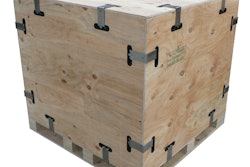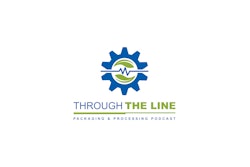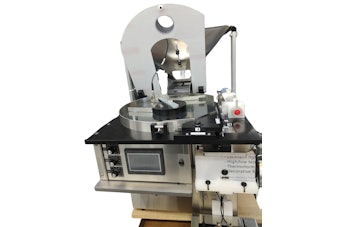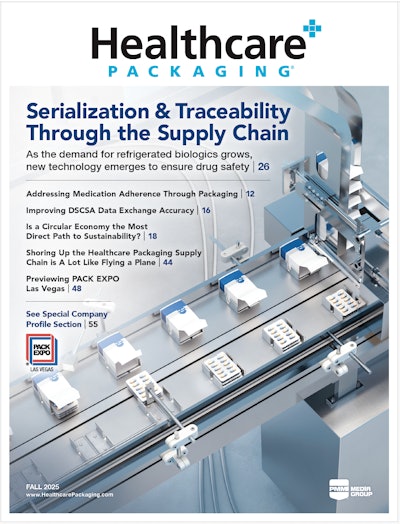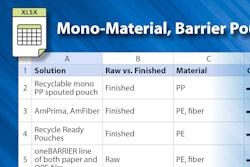This content was written and submitted by the supplier. It has only been modified to comply with this publication’s space and style.
Traditionally, packaging equipment maintenance programs have been reactive, instead of proactive. Pregis’ proprietary PX3 system—which combines software, personnel, parts management and a 24/7 service hot line—is designed to anticipate and predict machinery service needs well before an expensive downtime event occurs.
“Our customers’ top production priorities include operating equipment as efficiently as possible and avoiding downtime which can lead to thousands of dollars in lost productivity. Pregis has already engineered its equipment to minimize downtime; the PX3 system takes that one step further,” said Tom Wetsch, vice president, global new product development, Pregis.
In the case of Pregis’ IntelliPack® foam-in-place equipment, new cellular connectivity (vs. analog) for its SmartBagger™ unit allows a telemetry function to feed back real-time operating data to a remote PX3 dashboard. Based on predetermined metrics, Pregis tech service personnel are given an early warning of a potential problem.
“For example, if we see that operating pressure is increasing, we know that we need to look at the foam-in-place chemical mixing module. The off-spec data triggers an email to the tech and a proactive service call is immediately scheduled. By receiving that early warning, we greatly minimize the chance that the equipment will go down,” said Wetsch.
Oftentimes, the PX3 system will anticipate a potential service situation well before anyone in the plant even knows. Pregis’ objective is to remove the burden from the customer’s shoulders by dealing with service situations before they become an actual problem. This is a significant departure from traditional service scenarios which can leave a piece of equipment offline for several days until a tech is able to get to the facility.
In the case of Pregis’ air cushioning equipment, the company’s extensive database is able to predict when certain parts should be switched out before they fail. The objective is to be able to execute the service within minutes when the line isn’t operating vs. having to call a technician after an entire line goes down.
“The PX3 system allows us to manage our fleet of equipment by capturing the physical location and ‘wear’ type. This allows us to help our customers better control their productivity, as well as our own staff’s efficiency,” said Wetsch.
In addition to providing valuable information for installed equipment, the PX3 system also helps guide Pregis’ engineering of the next protective packaging equipment generation. The data is used to understand what components should be modified as new technologies are developed.
“We pride ourselves in leading the industry with innovative, protective packaging solutions. We view the PX3 system as one more tool to help our customers achieve their objectives,” Wetsch concluded.
The PX3 system supports Pregis’ entire line of protective packaging equipment including the IntelliPack® foam-in-place line, AirSpeed® air cushioning and Quantum® Geospeed™ paper units.




